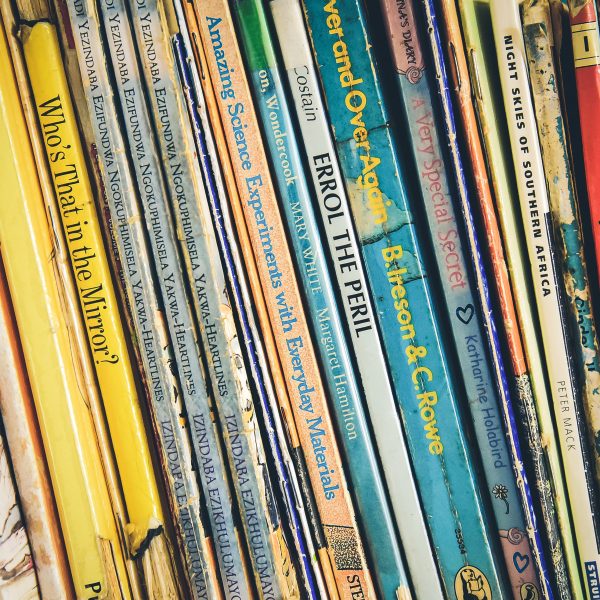Learning letter sounds is the key to reading, Norwegian researchers say

Children will learn to read more easily when they are able to learn letters and the sounds the letters make as early as possible, researchers from the Norwegian University of Science and Technology (NTNU) have found.
While this may seem an obvious conclusion, the whole language approach has suggested that children should first learn to read letters in the context of words instead, something the NTNU researchers have aimed to disprove.
Charting each child’s letter-sound knowledge can be helpful in supporting them further in the learning process as they begin school, Professor Hermundur Sigmundsson at NTNU’s Department of Psychology said.
Dr Sigmundsson, Greta Storm Ofteland, Trygve Solstad and Monika Haga collaborated on a recently published article in New Ideas in Psychology, with Dr Sigmundsson saying the research team are “among the first to clearly show the connection between learning the letters and sound correspondences and breaking the reading code”.
Since reading is the very foundation for acquiring other skills, it should be prioritised for the first few years of school, Dr Sigmundsson said, noting that on average, children had to know 19 letters to effectively read simple text.
However, researchers said, reading is not a ‘given’ just based on knowing letters. Reading or writing single letters is something completely different from putting those letters together into words that make sense. The individual letter variations can be huge.
Children who have already cracked the reading code should have appropriate challenges to further develop their reading skills, researchers added. These should be in the form of books that pique their interest. At the same time, youngsters who still haven’t cracked the code should learn enough letters and letter sounds to start practicing putting words together.
The research team studied 356 children aged between five and six years of age for the period of one year. Of the children, 11 per cent could already read when they started school. By the end of the first school year, 27 per cent had not yet learned to read. Most of this group were boys, who also knew fewer letters when they started school.
“If you take out the 5 to 10 per cent of children who may have dyslexia, the numbers could indicate that around one in five children gets too little practice or lacks motivation in their first school year,” Dr Sigmundsson said.
Girls in the cohort were better readers than boys from the outset of the study, with this difference persisting throughout.
The full study, Breaking the reading code: Letter knowledge when children break the reading code the first year in school, may be accessed here.
Popular

Policy
Practice
Provider
Quality
Research
Workforce
Beyond the headlines: celebrating educators and the power of positive relationships in early learning
2025-07-07 10:00:24
by Fiona Alston

Workforce
Policy
Quality
Practice
Provider
Research
ECEC must change now, our children can’t wait for another inquiry
2025-07-02 07:47:14
by Fiona Alston

Workforce
Quality
Practice
Provider
Research
Beyond the finish line: Championing child protection one marathon at a time
2025-07-08 09:15:32
by Fiona Alston













